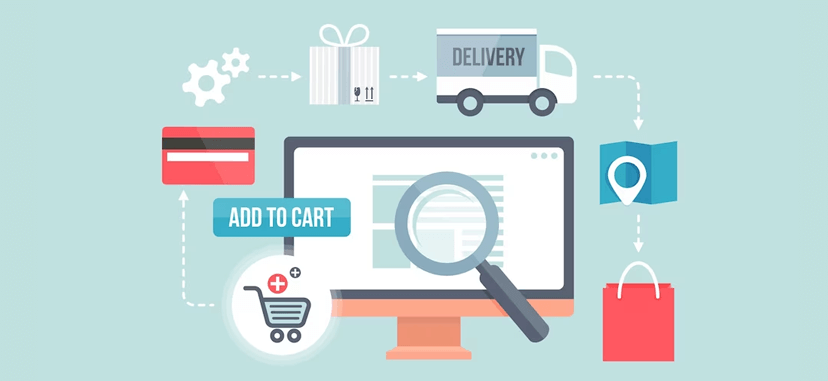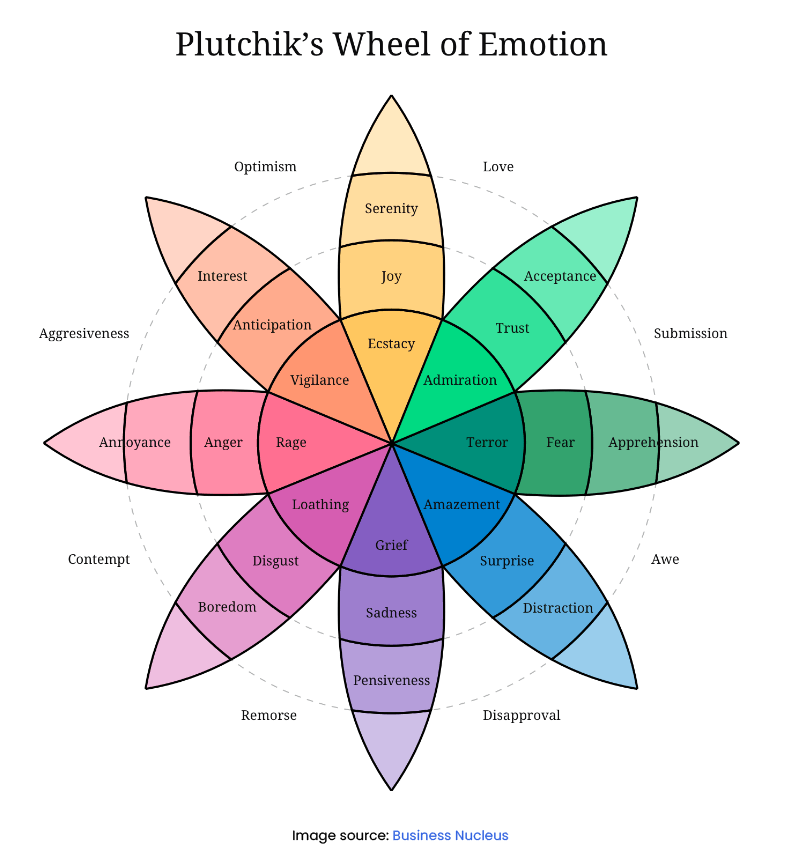Hi there! If you’ve found your way to this blog, chances are you’ve got questions about the code of conduct. Maybe you’ve heard the term tossed around in business meetings, or perhaps you’re here because your HR department needs one yesterday. No matter the reason, you’re in the right place.
Our mission today is to unravel the mystery around this not-so-fancy term, show you why it’s much more than just a set of rules, and give you the lowdown on how it impacts your business – from the breakroom to the boardroom.

What on Earth is a Code of Conduct, Anyway?
So, let’s start at the beginning. What exactly is a code of conduct? It is a document that lists the principles, values, standards, or rules that shape the decisions, procedures, and systems of an organization. Its purpose is to benefit the organization’s stakeholders and uphold the rights of all parties affected by its operations.
And, no, it’s not the same as a code of ethics. While a code of ethics governs decision-making and generally outlines how an employee should act when faced with dilemmas where the right course of action is unclear, the code of conduct is the tactical guide to implementing those standards in real-life situations.
Why It’s Not Just a Fancy Term for “Rules”
A code of conduct is not just a booklet of rules that tells your employees what not to do. It’s a manual that helps them navigate through tough situations, promotes a healthy work environment, and fosters a culture of openness and respect. Think of it as a GPS that helps you navigate through the labyrinth of professional ethics and behaviors – because let’s face it, without one, you’re pretty much driving blindfolded.
It’s Not Just an HR Thing: How It Impacts Every Corner of Your Organization
A well-crafted code of conduct does not only live in the HR department – it infiltrates every nook and cranny of your organization. It guides your employees on how to behave, your managers on how to lead, and your executives on how to make strategic decisions. It’s the thread that weaves through every decision, action, and interaction within your business.
Consider it the conductor of your organizational orchestra, ensuring all instruments play in harmony to produce a beautiful symphony. And if you’ve ever listened to an orchestra without a conductor, you’ll know why a code of conduct is crucial. The better the conductor, the better the music.
So, there you have it – a quick primer on the what, why, and how of the code of conduct. But stick around – we’ve only just scratched the surface. Dive deeper into the blog, and you’ll discover how to craft an effective code, see it in action, and learn how to handle those not-so-fun situations when the code gets broken. Let’s dive in!

Why Your Company Desperately Needs a Code of Conduct
In case you’re still on the fence about whether your business needs a code of conduct, let’s get one thing straight – it does. No ifs, ands, or buts about it. Having a well-crafted code of conduct can be the difference between an average workplace and an exceptional one. It’s like comparing a dull office potluck to a culinary feast catered by a five-star chef. You want the latter, trust me.
From Avoiding Lawsuits to Boosting Morale: The Many Benefits of a Code of Conduct
So, why does a code of conduct deserve a spot in your company’s toolkit? Well, first off, it helps you avoid all sorts of nasty things like lawsuits, reputational damage, and employee unrest. But beyond the doom and gloom, a well-implemented code of conduct can do wonders for your company culture.
It can serve as a guiding beacon, boosting morale, and creating a work environment that’s founded on trust and respect. It’s like having a trusty friend who’s got your back in the complex labyrinth of business ethics. A friend who whispers in your ear when you’re about to step on a potential ethical landmine. Can you imagine a better friend in the corporate world?
The Perils of a Workplace Without a Code of Conduct: A Cautionary Tale
Now, let’s flip the coin and see what happens when there’s no code of conduct. It’s like being in a ship with no captain, where everyone does what they think is best, and the result is total chaos. Remember the Enron scandal? A prime example of the havoc that lack of ethical guidelines can wreak.
Without a code of conduct, employees can feel lost and unsupported, leading to low morale and poor performance. It’s like sending your team into a game without a playbook – and we all know how that would end.

Building Your Code of Conduct: Essential Elements to Include
Okay, so you’re convinced that your company needs a code of conduct. The next question is, what should it include? This section is the meat of our blog post, where we’ll discuss the main ingredients for your code of conduct stew. Let’s turn the heat up and start cooking!
Values and Ethics: Your Company’s Moral Compass
Your company values and ethics serve as the North Star for your code of conduct. They’re the principles that will guide your employees through every decision and interaction. They’re the rallying cry that will unite your team and keep them moving in the same direction.
Think of these as the spices in your stew. They give flavor to your code and make it uniquely yours. But remember, no one likes a bland stew, so make sure your values and ethics pack a punch.
Behaviors and Actions: Setting the Stage for Professional Conduct
Next on the list are behaviors and actions. What behaviors are expected from your employees? What actions are considered acceptable? Defining these is like setting the table before a meal. It sets the stage and lets your employees know what they’re in for.
Just like a good table setting complements the meal, the behaviors and actions in your code should align with your company’s values and ethics. So, spend some time on this, and make sure everything is in perfect harmony.
The “Do-Not-Do” List: Identifying and Addressing Misconduct
Finally, let’s not forget about misconduct. It’s an unpleasant topic, but it’s one that can’t be avoided. Your code of conduct should clearly define what constitutes misconduct and how it will be handled.
Consider this the fire extinguisher in your company. It’s there for emergencies, and you hope you’ll never have to use it, but you need it nonetheless. Because when things go south, it’s your first line of defense.

Seeing It in Action: Real-World Examples of Code of Conduct
Nothing beats a good example to bring a concept to life, right? So let’s look at some real-world examples that show what different sections of a code of conduct might look like. It’s like going on a backstage tour – you’ll get to see the nuts and bolts of what makes a great code of conduct.
From Casual Fridays to Social Media: Example of Internal Conduct Rules
First up, let’s talk about Google’s code of conduct. It’s known for its unique blend of professionalism and playfulness. Their famous motto “Don’t be evil” sets the tone and clearly communicates what the company stands for. But they don’t stop there.
They’ve also got some handy rules about “Casual Fridays”, which essentially mean, “Feel free to rock your favorite band T-shirt, but remember, you’re still in a professional setting.” It’s an example of internal conduct rules done right – it’s friendly, clear, and it sets the right tone.
In terms of social media usage, Intel’s code of conduct is a prime example. They encourage employees to be clear that their opinions are their own when posting on personal accounts. It’s a simple rule, but one that can prevent a world of misunderstandings.
Handling External Relations: How to Keep It Professional and Ethical
When it comes to handling external relations, the Coca-Cola Company’s code of conduct is a gold standard. They have a whole section dedicated to dealing with governments, regulators, customers, and the public. They insist on honesty, integrity, and fairness in all aspects of their business.
What we can learn from Coca-Cola is that when dealing with external relations, it’s not just about being professional, it’s about being ethical too. It’s about treating all parties fairly and ensuring that your company’s actions reflect its values.

Overcoming the Hurdles: How to Implement a Code of Conduct Effectively
Creating a code of conduct is one thing, but implementing it effectively is a whole different ball game. It’s like having a shiny new sports car – it’s no good unless you know how to drive it. So let’s discuss some potential speed bumps and how to overcome them.
From Resistance to Acceptance: Getting Everyone on Board
One of the biggest hurdles in implementing a code of conduct is resistance from employees. It’s human nature to resist change, especially when it comes to rules and regulations.
But don’t fret; there’s a simple solution – communication. Talk to your team, explain why the code of conduct is important, and how it benefits them. Make them feel part of the process. It’s like inviting them to a dance rather than forcing them to learn new steps.
The Secret Sauce to Effectively Enforce Your Code of Conduct
Finally, let’s talk about the elephant in the room – enforcement. It’s one thing to have a code of conduct, but it’s a whole other thing to ensure it’s followed. It’s like having a secret recipe, but not knowing how to cook.
What’s the secret sauce then? Regular training and clear consequences for violations. Make sure everyone in your company understands what the code of conduct means and how to apply it. And when it comes to misconduct, don’t sweep it under the rug. Address it head-on and ensure that the consequences are clear.

Oops! What Happens When the Code is Broken?
So, you’ve got your code of conduct ready, everyone’s on board, and things are going smoothly. But then, life happens, and someone trips over the code. What now? Let’s dive into what happens when violations occur, and how you can handle these situations like a pro.
An Honest Mistake or a Violation? Deciphering the Gray Areas
Mistakes happen. But how do you tell the difference between a simple slip-up and an actual violation of your code? That’s like trying to find a needle in a haystack, right? Well, not quite.
The trick is to have clear definitions and examples in your code. It’s about being specific about what constitutes a violation and what doesn’t. It’s like having a roadmap that guides you through those tricky gray areas.
Take, for instance, a team member who accidentally forwards an internal memo to a client. Is it a mistake or a violation? If your code clearly states that sharing internal communications is a no-no, then it’s a violation. But if it doesn’t, it’s a gray area that you need to address.
Setting Up a Safe and Fair System for Reporting Misconduct
Now, let’s talk about the elephant in the room – reporting misconduct. It can be a touchy subject, like walking on eggshells. But it’s vital to have a system that’s both safe and fair.
The cornerstone of such a system is confidentiality. People need to feel safe to report violations without fear of retaliation. It’s about creating a trust-based environment where everyone feels heard and protected.
Another crucial aspect is fairness. Everyone involved in the violation should be treated equally, regardless of their role in the company. Think of it like a game of chess, the rules apply equally to the king as well as the pawn.
Conclusion: Ready to Build a More Respectful, Harmonious, and Law-Abiding Workplace?
Okay so, you’ve journeyed from understanding what a code of conduct is, to why it’s crucial, what to include in it, how to implement it, and finally, how to deal with violations. Quite the expedition, wasn’t it?
So, what’s next? Well, that’s up to you. It’s your turn to put on your builder’s hat and start creating your code of conduct. You’ve got the tools, the know-how, and the examples – now it’s time to build.
Creating a code of conduct might seem like a daunting task, but remember, it’s an investment in your company’s future. It’s the foundation of a respectful, harmonious, and law-abiding workplace. So, why wait? Start crafting your code today. After all, a better workplace isn’t just a dream; it’s a code away.
























































